15 Best Software Tools for iOS App Development

Developing an iOS application has become more demanding and more rewarding at the same time.
Apple’s ecosystem has grown significantly; over 1.8 million active apps run on the App Store, and expectations for performance, design consistency, stability, and security are higher than ever.
Modern iOS development requires more than knowing Swift or opening Xcode.
It depends on a well-planned tech stack that covers UI development, debugging, backend integration, testing, and automation.
But what exactly are “iOS development tools”? These tools fall into four major categories, each serving a different purpose:
Programming languages (Swift, Objective-C)
- These are used to write the logic of your iOS app.
- Swift is now used for over 90% of modern iOS projects, while Objective-C remains critical for legacy or enterprise codebases.
IDEs & UI frameworks (Xcode, SwiftUI, UIKit, AppCode)
- These tools help developers design screens, manage codebases, debug apps, and compile projects.
- Xcode is the official IDE, while AppCode offers JetBrains-level automation and refactoring.
Backend, CI/CD & DevOps tools (Firebase, Fastlane, Jenkins)
- These power your app behind the scenes—managing databases, deployments, analytics, authentication, cloud functions, and automated build pipelines.
Cross-platform frameworks (Flutter, React Native, Xamarin, Ionic)
- While not exclusive to iOS, these frameworks enable teams to build iOS and Android apps from one codebase.
- They’re popular for startups optimizing for speed and cost-efficiency.
1. Xcode
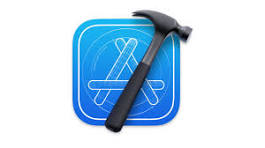
Category: IDE
Used for: Designing UI, writing code, debugging, running simulators, profiling, signing, and publishing.
Used when: You are building native iOS apps using Swift or Objective-C.
Xcode is the official Apple IDE and the foundation of all iOS development workflows.
Apple releases annual updates aligned with major iOS releases, ensuring developers gain immediate access to new frameworks, APIs, and device capabilities.
Key features
- Interface Builder for designing UIKit interfaces.
- Code editor with powerful autocomplete
- iOS/macOS simulators
- Instruments for performance and memory profiling
- Built-in signing and App Store uploader
Compatibility
Integrates seamlessly with Swift, Objective-C, SwiftUI, UIKit, Combine, ARKit, and Metal.
Best use case
Any project requiring Apple-level performance or deep hardware access, such as camera apps, AR apps, iPadOS apps, and ML-powered workflows.
2. Swift
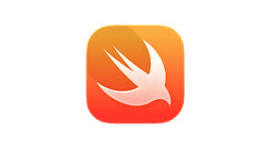
Category: Programming Language
Used for: Writing modern, safe iOS app logic.
Used when starting a new iOS project or migrating away from Objective-C.
Swift is now used for over 90% of new iOS apps, supported by Apple’s growing framework ecosystem like SwiftUI, Combine, and async/await concurrency.
Key features
- Clean syntax
- Type safety
- Fast compilation
- Built-in concurrency
- Strong community and package ecosystem
Compatibility
Works with UIKit, SwiftUI, Xcode, Vapor (backend), ML libraries, and SPM.
Best use case
Any project that needs modern patterns, long-term maintainability, and high reliability.
3. Objective-C

Category: Programming Language
Used for: Maintaining or extending legacy iOS apps.
Used when: Working with frameworks originally built in Objective-C.
Objective-C powers many enterprise-grade apps built before Swift’s release.
Developers still use it when interacting with older SDKs or when maintaining existing codebases.
Key features
- Dynamic runtime
- Mature ecosystem
- Deep Apple API compatibility
- Interoperates with C/C++
Best use case
Large codebases that are expensive or risky to rewrite in Swift.
4. SwiftUI
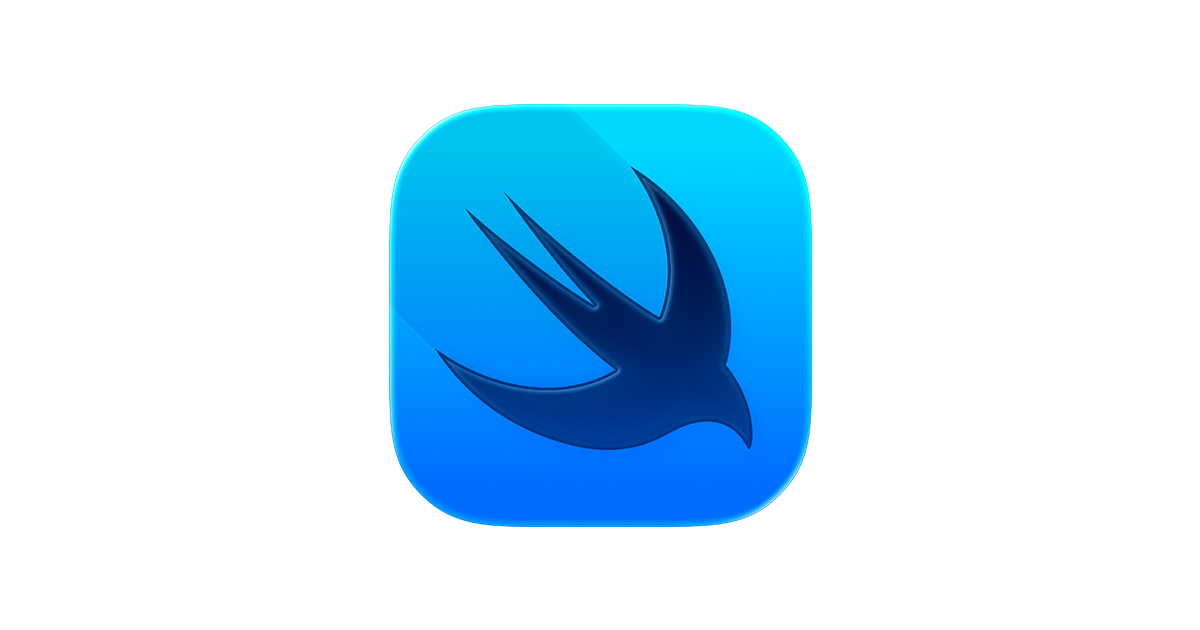
Category: UI Framework
Used For: Building modern, declarative UIs.
Used When: You want fast UI iteration, clean code separation, and Apple’s future-ready approach.
SwiftUI allows developers to design UIs with a declarative syntax, reducing boilerplate and enabling live previews directly in Xcode.
Key features
- Declarative UI
- State-driven view updates
- Cross-platform interface design
- Live previews
Compatibility
Best when paired with Swift, Combine, MVVM architecture, and Xcode.
Best Use Case
Apps that prioritize UI speed, animations, accessibility, and long-term maintainability.
5. AppCode
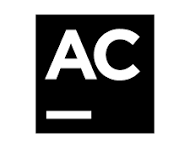
Category: IDE (JetBrains)
Used For: Advanced coding productivity and refactoring.
Used when: You want deeper code intelligence than Xcode offers.
AppCode uses JetBrains’ IntelliJ platform, known for world-class refactoring and code analysis.
Key features
- Intelligent navigation
- Deep code inspections
- Automatic refactoring
- Testing & VCS integration
Compatibility
Works with Swift, Objective-C, C++, and Xcode projects.
Best use case
Teams that prioritize code quality and require heavier automation inside the editor.
6. CocoaPods

Category: Dependency Manager
Used for: Adding libraries and frameworks to iOS projects.
Used when: You need extensive support for third-party libraries.
CocoaPods centralizes thousands of iOS libraries, making integration painless.
Key features
- Easy dependency installation
- Central package index
- Version management
- Support for custom pods
Best use case
Large projects with multiple third-party frameworks.
7. Fastlane
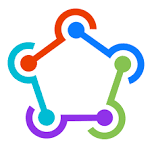
Category: Automation / CI
Used for: Automating builds, screenshots, beta releases, and App Store uploads.
Used when: You want to reduce repetitive deployment work.
Fastlane integrates into CI pipelines to manage code signing, build scripts, and distribution.
Key features
- Automated App Store uploads
- Certificate & provisioning handling
- Beta distribution workflows
- Integration with GitHub Actions, Bitrise, Jenkins
Best use case
Teams releasing frequent app updates and managing multiple environments.
8. TestFlight

Category: Beta Testing Platform
Used For: Distributing prerelease versions to testers.
Used When: Preparing for an App Store launch.
TestFlight is Apple’s official beta testing platform, allowing up to 10,000 testers per app.
Key features
- Easy distribution links
- Crash reports
- Session tracking
- Feedback collection
Best use case
Final testing before public release.
9. Firebase

Category: Backend / Analytics
Used For: Authentication, database, storage, and analytics.
Used When: Building apps that require serverless infrastructure.
Firebase reduces backend complexity and accelerates development.
Key features
- Authentication (email, social, phone)
- Firestore realtime database
- Push notifications
- File storage
- App performance monitoring
- Crashlytics
Compatibility
Works with Swift, SwiftUI, React Native, Flutter, and server-side Swift.
Best use case
Startups and teams that need cloud features without building a custom backend.
10. Jenkins

Category: CI/CD Automation
Used for: Running automated builds, tests, and deployment pipelines.
Used when: Working in enterprise environments or managing multiple build configurations.
Jenkins supports plugins for iOS app distribution, code signing, and integration with Git.
Key features
- Automation pipelines
- Plugin ecosystem
- Build monitoring dashboard
Best use case
Large engineering teams with complex DevOps pipelines.
11. React Native

Category: Cross-Platform Framework
Used for: Building iOS and Android apps with JavaScript.
Used when: Teams want cross-platform development without sacrificing UI performance entirely.
React Native compiles to native UI components while letting developers use JavaScript and Node.js tooling.
Key features
- Shared codebase
- Large UI component ecosystem
- Hot reloading
- Strong community support
Best use case
Products that need iOS and Android development speed, such as delivery apps, consumer SaaS apps, and marketplace apps.
12. Flutter

Category: Cross-Platform Framework
Used For: Designing UI-heavy apps with a unified codebase.
Used When: You want expressive UI, consistent design across platforms, and strong performance.
Flutter uses the Dart language and compiles to native ARM code.
Key features
- Customizable UI widgets
- Fast iteration through hot reload
- Flexible layouts
- Strong rendering engine
Best use case
Apps that depend heavily on custom UI or animation, such as media apps, dashboards, and multi-screen products.
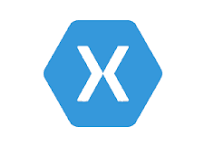
13. Xamarin
Category: Cross-Platform Framework
Used For: Building iOS apps using C#.
Used when: Teams already use Microsoft technologies.
Xamarin compiles C# code to native iOS binaries and provides bindings for platform APIs.
Key features
- .NET ecosystem support
- Native API access
- Device-specific optimizations
Best use case
Enterprise apps built by teams familiar with C# and Visual Studio.
14. Android Studio
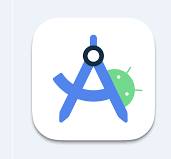
Category: IDE (Android)
Used For: Android version development of multi-platform apps.
Used When: Building both iOS and Android versions.
While Android Studio doesn’t support iOS, it’s essential for dual-platform development workflows.
Key features
- Code editor
- Gradle build system
- Android emulator
- Profiling tools
Best use case
Teams managing both iOS (via Xcode) and Android versions of the same app.
15. Ionic

Category: Hybrid Framework
Used for: Creating mobile apps using HTML, CSS, and JavaScript.
Used when: You want fast prototyping and web developers on the team.
Ionic uses Capacitor to access native features and allows teams to ship apps using familiar web technologies.
Key features
- Pre-built UI components
- Web-first architecture
- Plugin ecosystem
Best use case
Content-heavy apps, dashboards, internal tools, or lightweight mobile products.
-1.jpg)